Egyptian Hoverfly Ischiodon aegyptius
Family: Syrphidae. Subfamily: Syrphinae. Tribe: Syrphini

© BluTuna
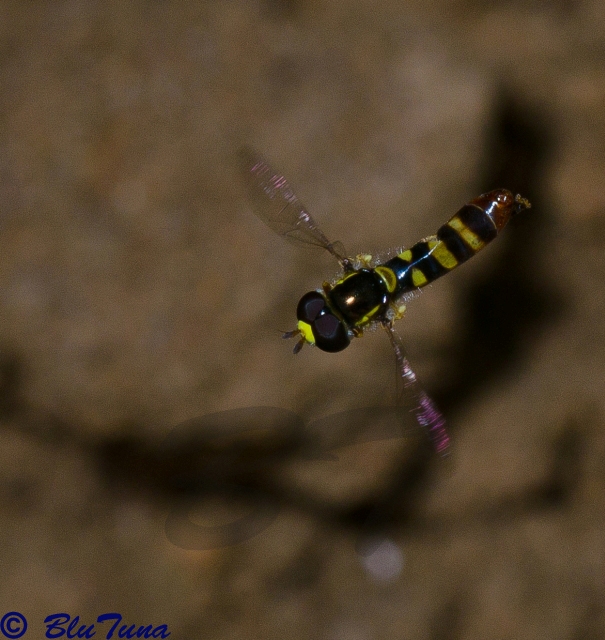
© BluTuna
Male. Garden in Johannesburg
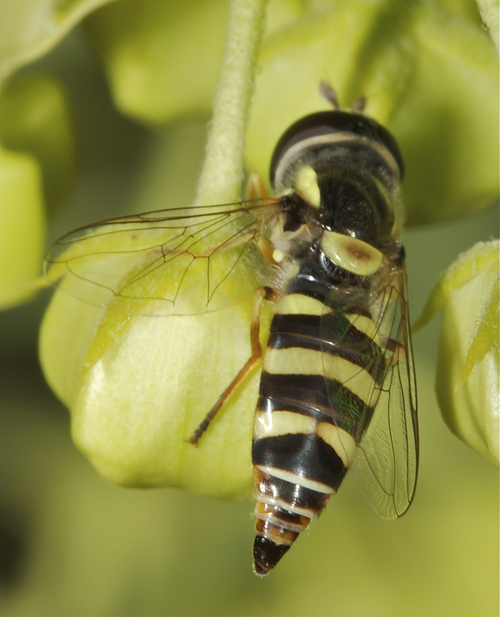
© ExFmem
Female, Kgalagadi Transfrontier Park
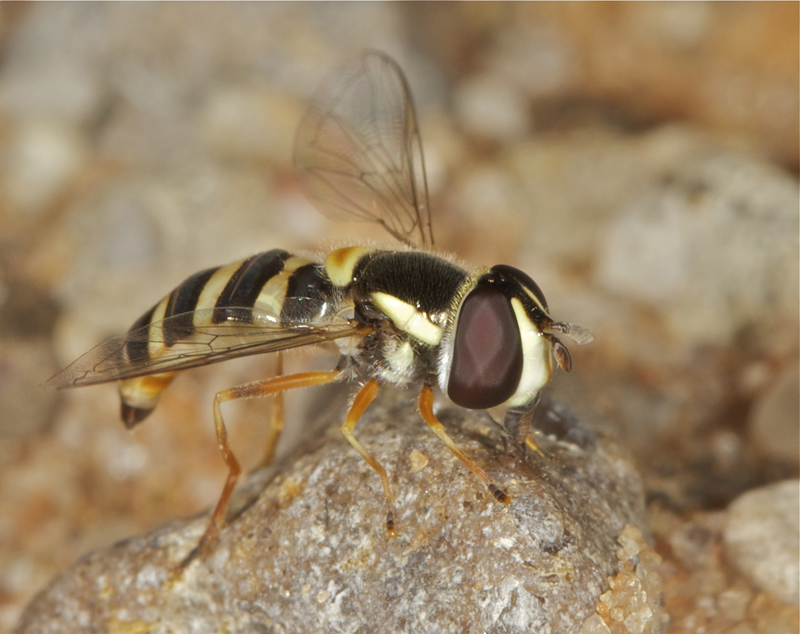
Female, Kgalagadi Transfrontier Park, Mata Mata © ExFmem
Hoverflies in the subfamily Syrphinae are from small to medium in size. They have slender body and short antenna. Most of them mimic small bees or warps with yellow and black bands on abdomen.
Along with bees and butterflies, hover flies are also avid pollinators of flowers. They rely on visual and olfactory cues to locate suitable flowers. Adult hover flies in the subfamily Syrphinae have been recorded to feed on nectar and pollen in flowers, and honeydew synthesised by aphids. Pollen in particular is crucial for ovary development in female hover flies.
Description
The face is yellow-coloured and eyes are bare. For females, the eyes are separated in the middle while for males, the eyes meet together. The thorax is black with yellow streaks at the lateral sides. The scutellum is yellow and slightly brownish on the disc. The abdomen is elongated, with the areas in black becoming yellowish or reddish towards the abdominal end.
Differential diagnosis: Very common species in the Afrotropical region with yellow markings on abdomen reaching the lateral margins. Males
have metatrochanters with a long calcar and the claws of the fore leg are asymmetrical. Females are more difficult to distinguish as the pattern of tergite 2 is variable. Conspecific males and locality may help to distinguish them.
Distribution
Ischiodon aegyptius is widely distributed from Southern Africa to the Mediterranean region.
Links:
https://www.zfmk.de/dateien/dokumente/2 ... hiodon.pdf
https://africaninvertebrates.pensoft.ne ... nload/pdf/
http://www.syrphidae.com/checklist.php?country=ZA
Hunting cannot be considered a sport as all contestants in a sport should know they are playing the game!
 © BluTuna
© BluTuna


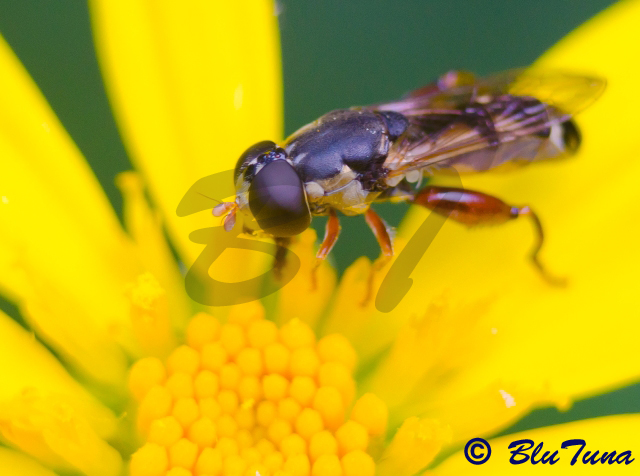 © BluTuna
© BluTuna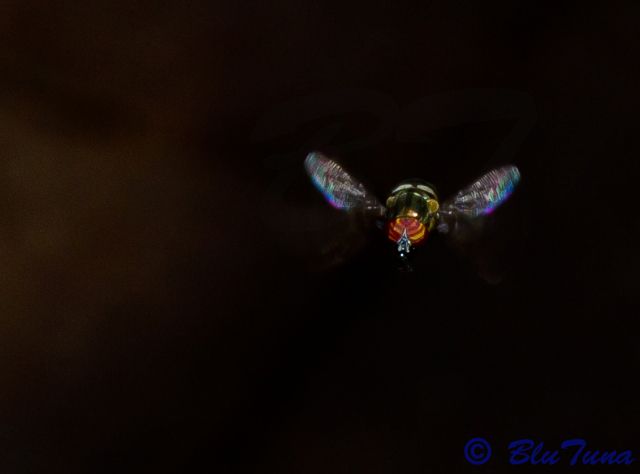
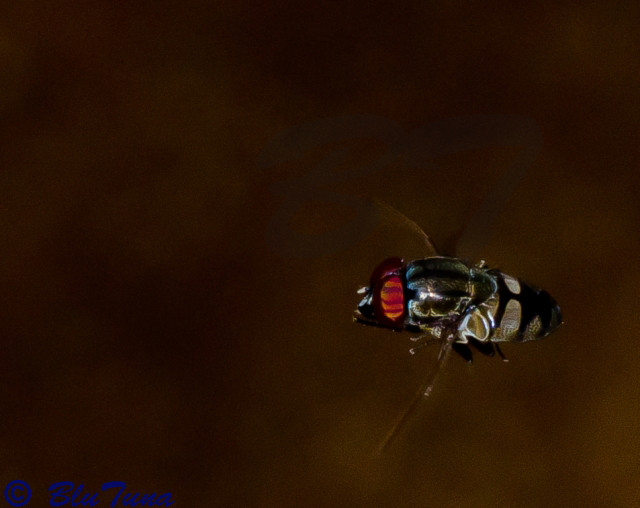 © BluTuna
© BluTuna © BluTuna
© BluTuna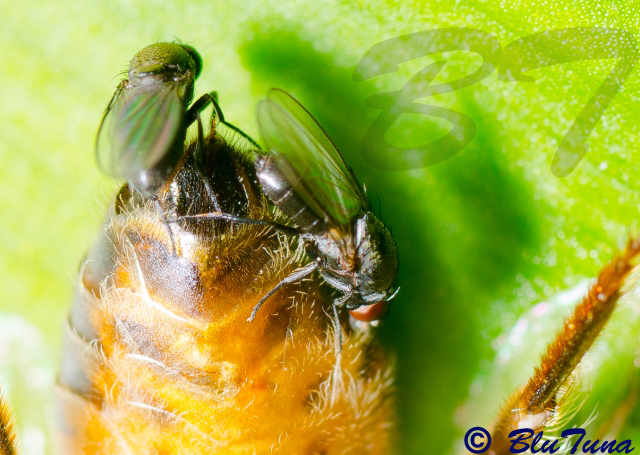 © BluTuna
© BluTuna © BluTuna
© BluTuna 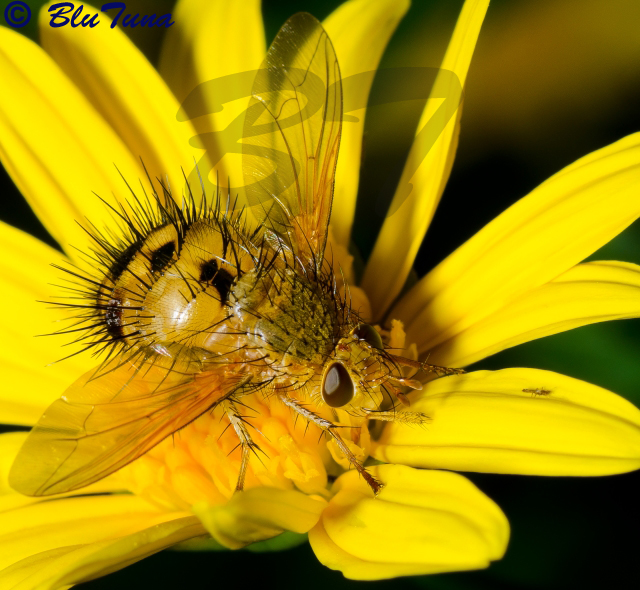 © BluTuna
© BluTuna © BluTuna
© BluTuna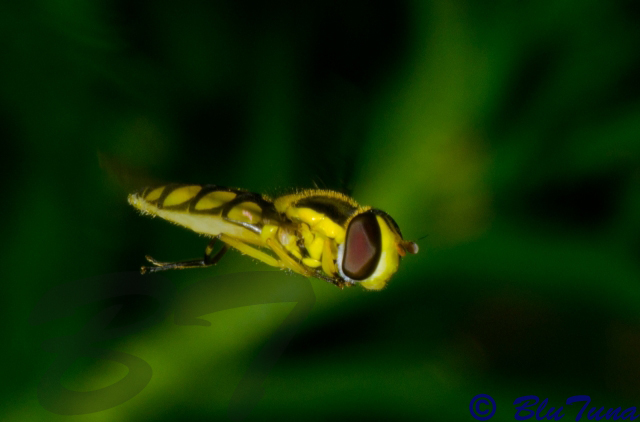 © BluTuna
© BluTuna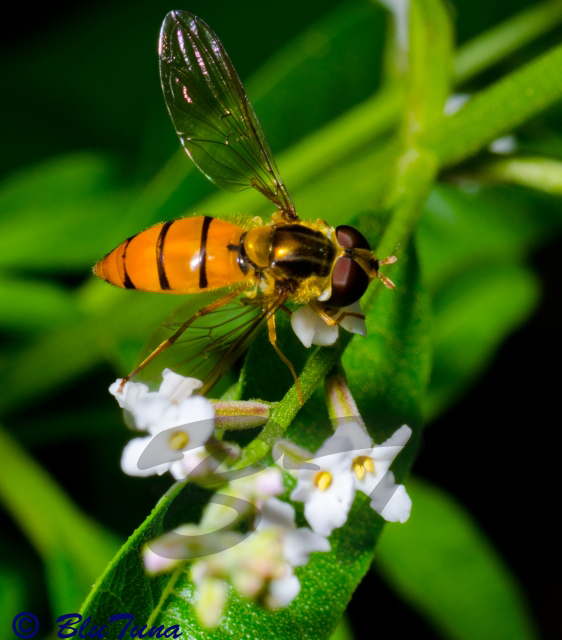 © BluTuna
© BluTuna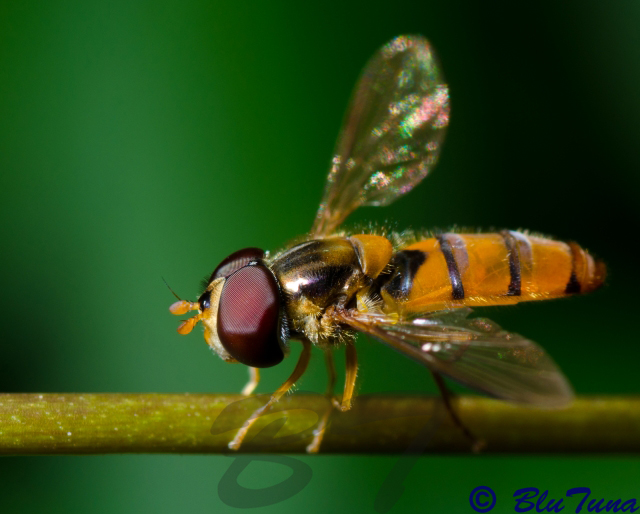 © BluTuna
© BluTuna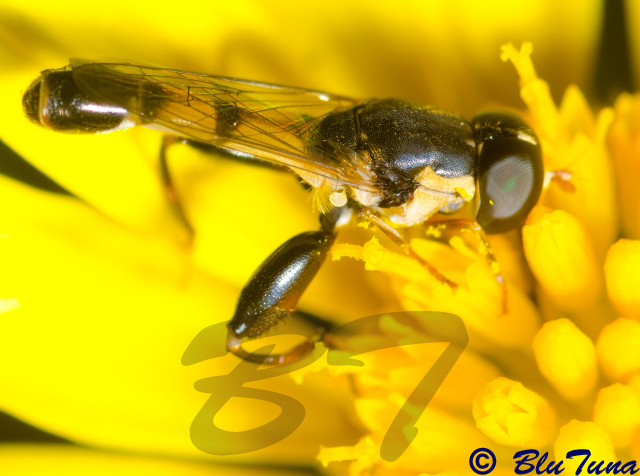
 © BluTuna
© BluTuna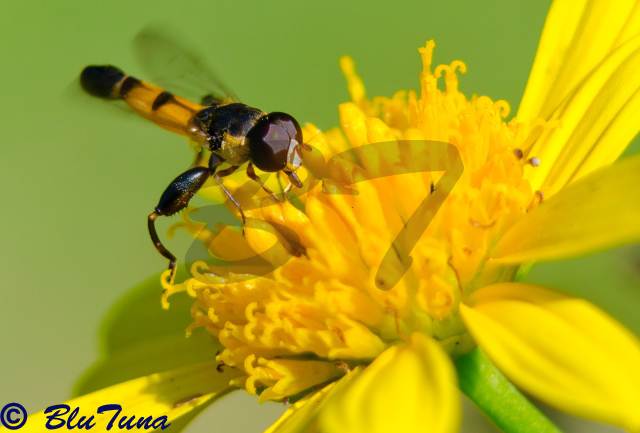 © BluTuna
© BluTuna © BluTuna
© BluTuna © BluTuna
© BluTuna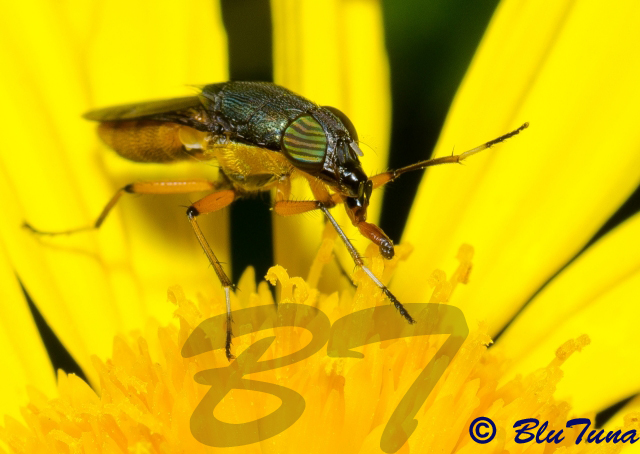 © BluTuna
© BluTuna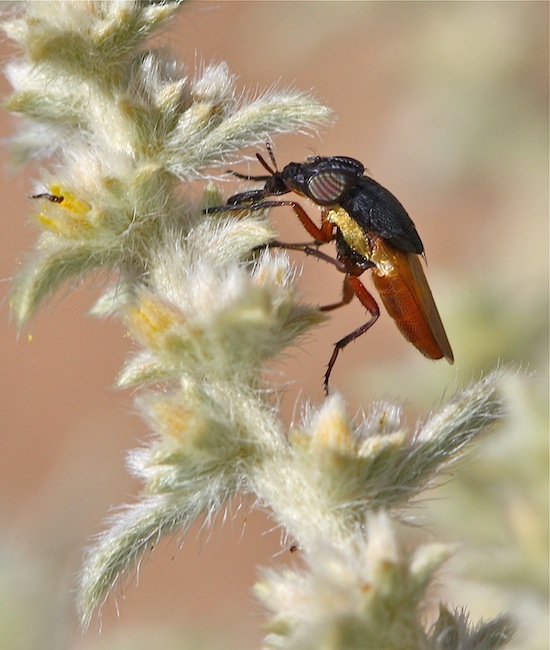 © ExFmem
© ExFmem © BluTuna
© BluTuna © BluTuna
© BluTuna